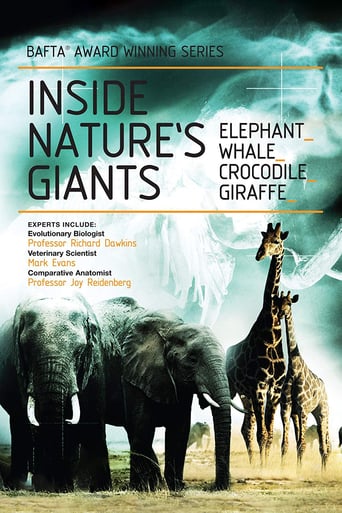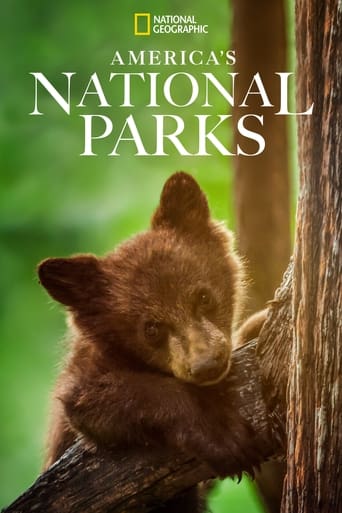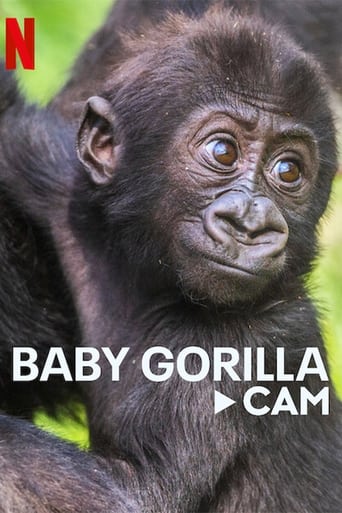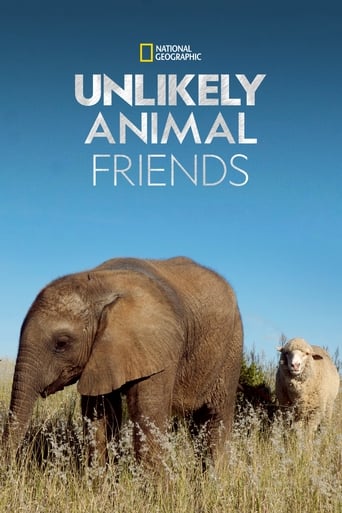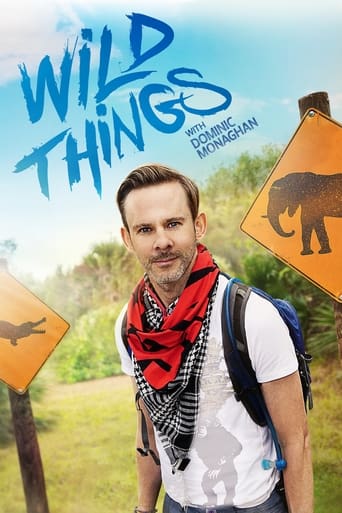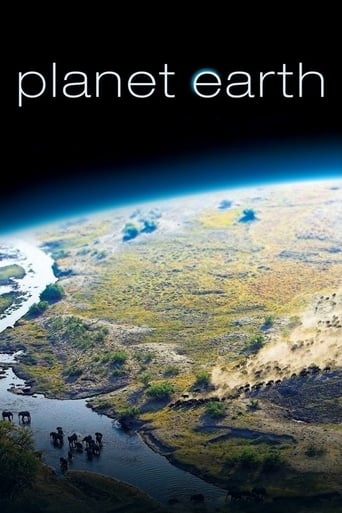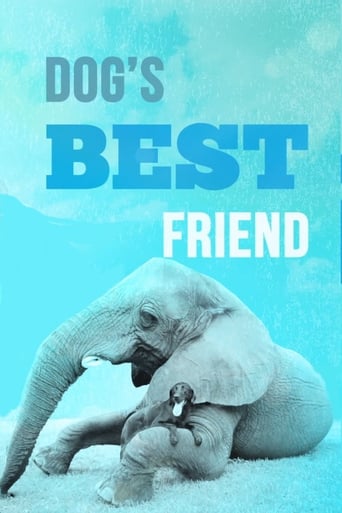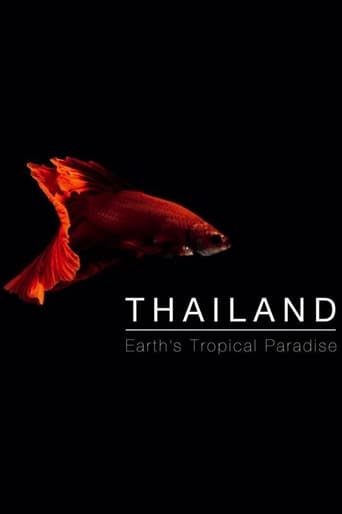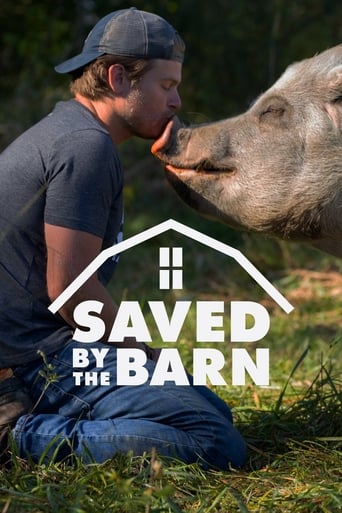Inside Nature's Giants Season 3
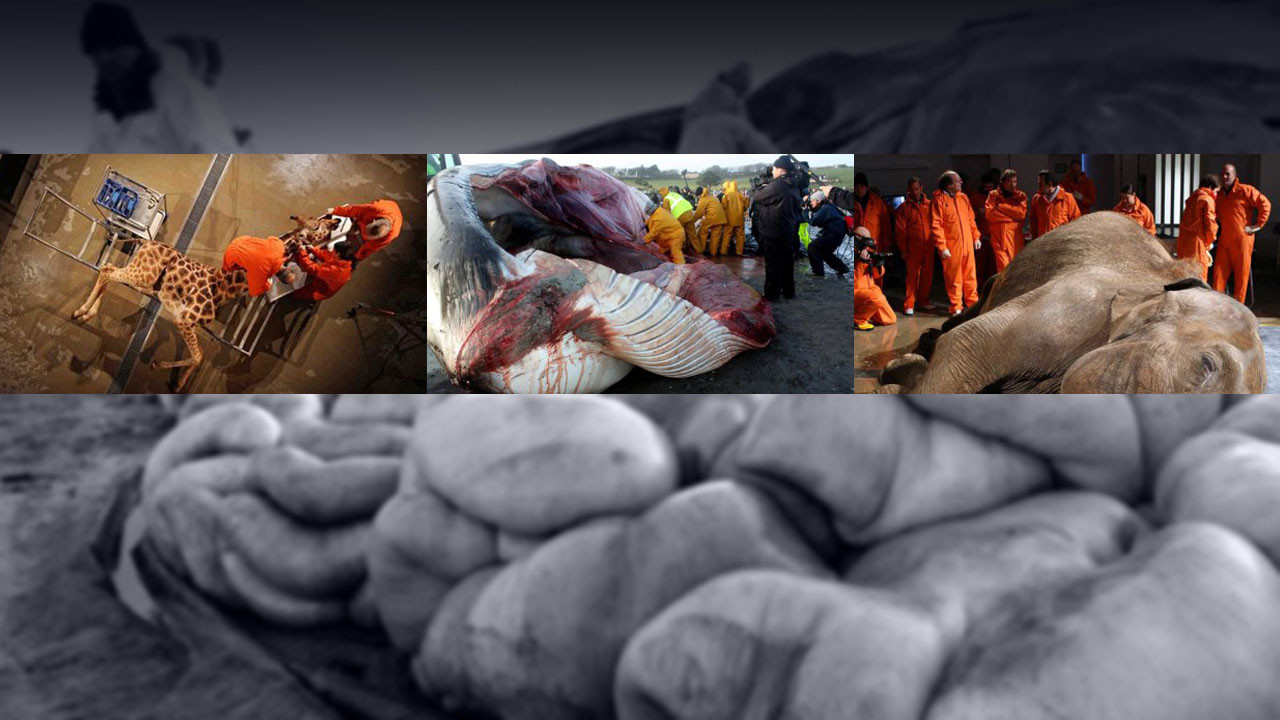
Inside Nature's Giants is a British science documentary, first broadcast in June 2009 by Channel 4. The documentary shows experts performing dissection on some of nature's largest animals, including whales and elephants. The programme is presented by Mark Evans. The series attempts to uncover the secrets of the animals examined. Mark is assisted by evolutionary biologists Richard Dawkins and Simon Watt, and comparative anatomist Joy Reidenberg. The show is currently airing on PBS in the United States and repeats are currently airing on Eden and Watch in the UK. There is an iPad application that allows you to see every animal the show have worked on close up.
Watch NowWith 30 Day Free Trial!
Inside Nature's Giants
2009 / TV-14
Inside Nature's Giants is a British science documentary, first broadcast in June 2009 by Channel 4. The documentary shows experts performing dissection on some of nature's largest animals, including whales and elephants. The programme is presented by Mark Evans. The series attempts to uncover the secrets of the animals examined. Mark is assisted by evolutionary biologists Richard Dawkins and Simon Watt, and comparative anatomist Joy Reidenberg. The show is currently airing on PBS in the United States and repeats are currently airing on Eden and Watch in the UK. There is an iPad application that allows you to see every animal the show have worked on close up.
Watch Trailer
Inside Nature's Giants Season 3 Full Episode Guide
The thoroughbred racehorse is one of the greatest athletes on the planet, galloping with incredible speed and stamina for such a large animal. It is the result of unnatural selection, and exists on a knife edge between glory and catastrophic failure. The team explore how this animal has been biologically engineered for speed. They dissect an elite racehorse to reveal the extraordinary spring system that propels it to 45mph, its super-sized organs and built-in turbo-booster. Simon Watt visits the top breeding centre in Europe to find out how to produce a champion; and Mark Evans investigates the science behind their phenomenal performance and their vulnerability to injury
The team travel to Florida to dissect the ocean's largest reptile - the leatherback turtle. They uncover the evolutionary mystery of how turtles developed shells to protect themselves from some of the sharpest-toothed predators on the planet. 2
The BAFTA-winning series returns to Australia on the trail of a bird that's been described as a living dinosaur and hides in Queensland's tropical rainforests: the Cassowary. The Cassowary is a gigantic bird with a fearsome reputation. It can be taller and heavier than a full-grown man and is armed with five-inch talons that have actually killed humans It has earned the dubious reputation of being the most dangerous bird in the world, yet unless the Cassowary feels threatened it struts quietly around the jungle and occasionally the coastline. It has a bright blue head, adorned with a horn-like crown and red pendulums of flesh dangling from its neck. By any standards this is a bizarre bird. Mark Evans and Joy Reidenberg carry out a dissection on a Cassowary that was hit by a car. Unfortunately, such accidents are quite common on roads that cut through their territory.
The BAFTA-winning Inside Nature's Giants team returns for a new series, heading deep into the Australian Outback to explore the ultimate desert survivor: the camel. We don't think of Australia as the home of camels, but in the middle of this vast island there are over a million feral dromedaries roaming around. European settlers introduced them over a century ago to help build Australia's railways and explore the Outback. But with the advent of roads, cars and trucks, camels were no longer needed, so their owners released them into the desert. Mark Evans and Joy Reidenberg brave the baking desert to dissect a camel. They uncover the secret of the camel's hump and investigate how its elastic legs, stretchy lips and pedestal are among the many surprising adaptations that enable the camel to thrive in such a dry and hostile environment.
Free Trial Channels
Seasons


